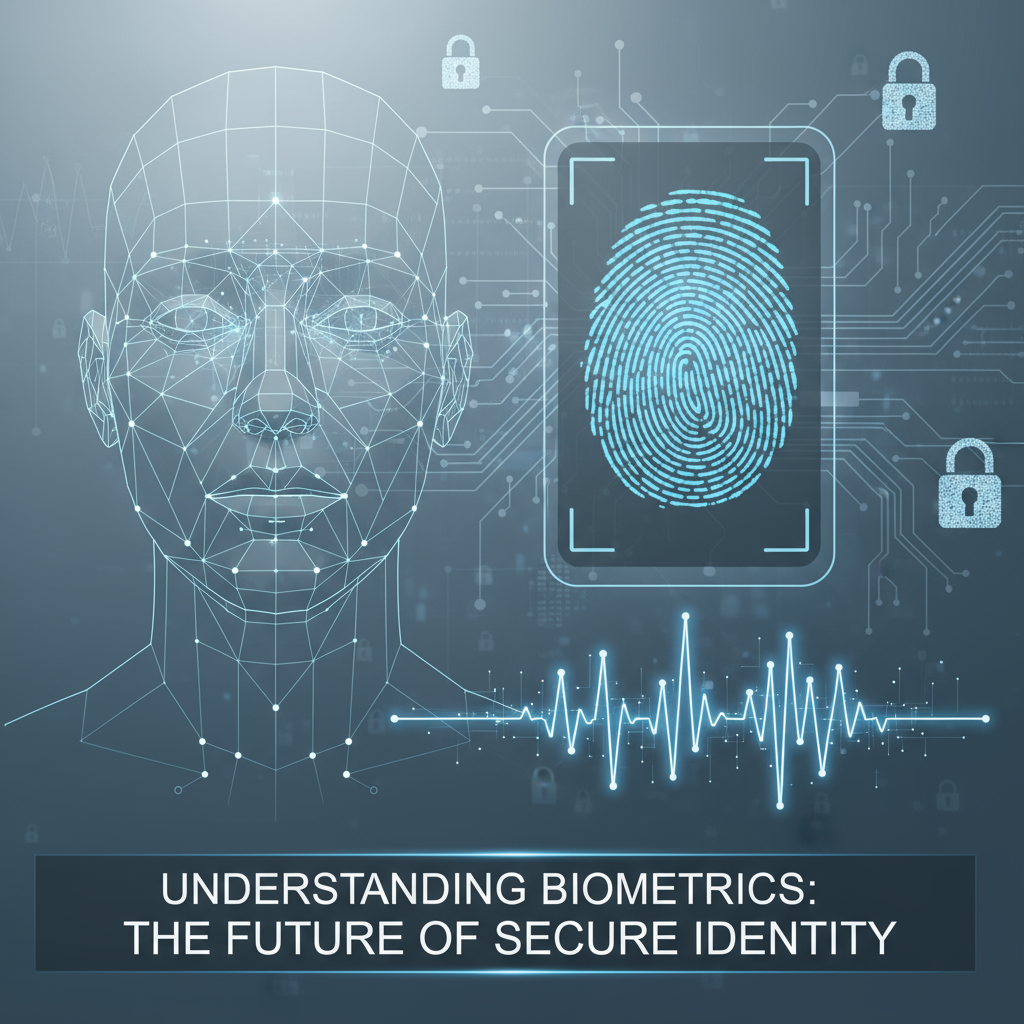Summary
A biometric access control system is one of the most secure and efficient ways to protect physical spaces and digital data. Unlike traditional systems that depend on keys, keycards, or passwords, biometric access controls rely on unique human traits such as fingerprints, facial recognition, or voice. This makes them faster, more reliable, and harder to compromise. In this blog, we will explore what access control means, the benefits it offers, the challenges of traditional systems, and how biometric access control systems solve these problems while delivering long-term value.
What is Access Control?
Access control is the method organizations use to restrict and manage entry into physical spaces or digital systems. It has two main components:
- Authentication – verifying that a person is who they claim to be.
- Authorization – confirming whether the authenticated person has permission to access a specific space or data.
For example, in a hospital, authentication ensures that someone logging in is a doctor, and authorization ensures that the doctor only accesses the patient files relevant to them. Together, these layers form a secure shield against unauthorized access.
Access controls are also central to modern zero-trust security models. Zero-trust requires constant authentication and authorization before granting access to systems or data. This approach reduces risks and ensures that sensitive information and environments remain secure.
Types of Access Control
1. Physical Access Control

Physical access control protects real-world spaces such as offices, campuses, server rooms, and government facilities. Traditionally, this has been managed through keys, locks, or keycards. However, more advanced systems like fingerprint or facial recognition scanners are increasingly replacing them.
For example, a university may use biometric access control systems to limit entry into exam halls or dormitories, ensuring only authorized students can enter.
2. Logical Access Control
Logical access control protects virtual systems like databases, shared drives, and networks. It ensures that only authorized employees can log in and perform tasks within digital environments. Passwords and role-based access are common here, though they often come with security weaknesses.
With biometrics access control systems, organizations can replace weak passwords with secure logins based on unique identifiers like fingerprints or voice, which greatly improves cybersecurity.
Benefits of Access Control
Keep Unwanted Visitors Out
The primary benefit of any access control system is to prevent unauthorized people from entering secure spaces—whether physical or digital. For businesses, this means preventing intruders in restricted zones and keeping hackers away from sensitive information.
A biometric access control system makes this process even stronger, as biometric traits cannot be lost or stolen like keys or passwords.
Allow Employees to Come and Go Independently
Traditional key-based systems often require managers or security personnel to lock and unlock areas. This wastes time and reduces efficiency. Access control systems automate this process, giving employees independence while maintaining security.
For example, staff in an IT company can enter the server room by scanning their fingerprint instead of waiting for a supervisor with a master key.
Track Who Enters and Exits
Access control also provides a digital log of every entry and exit. This becomes critical when investigating breaches or suspicious activity. In a biometric access control system, these logs are accurate to the individual level since fingerprints or facial scans cannot be shared.
Control Access Times
Organizations often need to limit access based on time. For example, cleaning staff may only need entry to office areas during evening hours. Access control systems allow such fine-grained permissions. When combined with biometric authentication, the result is precise, secure, and flexible access.
Challenges with Traditional Access Control
Reliance on Keys and Keycards
Physical keys and keycards can be stolen, forged, or shared. A lost master key can force an entire organization to rekey its doors, costing time and money. Keycards, while more advanced, still carry similar risks and add plastic waste.
Password Security Risks
Passwords are often the weakest link in logical access control. They can be guessed, hacked, or reused across accounts. If stolen, they can allow unauthorized access without raising alarms.
High Costs
Issuing and maintaining keys or cards for hundreds of employees is expensive. Rekeying or resetting systems after a breach adds to costs.
Complexity of Systems
Installing and managing access control hardware often requires specialized infrastructure, which can be complex and costly to maintain.
How Biometrics Help with Access Control
Biometric access control solves many of the problems associated with traditional systems by using unique human identifiers such as fingerprints, iris scans, voice patterns, or facial recognition.
1. Increased Security
Biometric traits are unique and nearly impossible to duplicate. Unlike keys or passwords, they cannot be lost or forgotten. This makes biometric access controls a much stronger line of defense against intrusions.
2. Greater Convenience
With biometrics, employees don’t have to carry cards or remember passwords. A quick fingerprint scan or facial recognition unlocks access instantly, improving user experience and saving time.
3. Accurate Tracking and Accountability
Every access attempt is tied to an individual’s biometric profile. This makes it easier to track who entered a space or accessed data and when, creating a strong audit trail for compliance and security purposes.
4. Reduced Costs
Over time, biometric access control systems save money by eliminating the need for constant key replacements or reissuing lost cards. They also reduce administrative overhead.
5. Flexibility with Hardware-Agnostic Platforms
Some systems lock businesses into proprietary hardware, such as specific fingerprint readers. However, hardware-agnostic biometric platforms allow organizations to mix and match devices as per their needs, providing greater flexibility and scalability.
FAQs
What is a biometric access control system?
A biometric access control system is a security solution that uses unique human identifiers like fingerprints, facial features, or voice patterns to verify and authorize access to physical or digital spaces.
Why are biometric access controls better than passwords or keycards?
Passwords can be hacked, and keycards can be lost or stolen. Biometric access controls are tied to unique human traits, making them much harder to duplicate or misuse.
Are biometric access control systems safe?
Yes. Modern biometrics access control systems use encrypted templates instead of storing actual biometric images. This ensures that even if data is compromised, it cannot be reverse-engineered into a usable fingerprint or face scan.
What industries benefit most from biometric access control?
Healthcare, government, finance, education, and IT are among the top industries. Any organization handling sensitive data or requiring strict entry restrictions can benefit from biometric access control systems.
Do biometric access control systems reduce costs?
Yes. They eliminate expenses related to issuing and reissuing cards, replacing keys, or rekeying after a breach. Over time, biometrics access control systems prove to be cost-effective.
Can biometric access control systems be hacked?
While no system is 100% hack-proof, biometric access control systems are significantly harder to compromise compared to traditional methods. Multi-factor authentication further increases their security.
Are biometric access control systems difficult to implement?
Not necessarily. Many providers offer hardware-agnostic biometric platforms that integrate with existing infrastructure. Organizations can start small and scale as needed.
Conclusion
Biometric access control systems are the future of secure access management. They solve the weaknesses of traditional methods—keys, cards, and passwords—while delivering higher security, better convenience, accurate tracking, and cost savings.
Whether it’s a hospital securing operating rooms, a government office restricting sensitive areas, or an enterprise protecting digital data, biometrics access control systems provide a fast, reliable, and future-ready solution.
For businesses looking to align with zero-trust security and ensure complete protection of assets, adopting biometric access control systems is no longer optional—it’s essential.
Debabrata Behera is a passionate blogger who writes about digital trends, personal growth, and practical insights, helping readers stay informed, inspired, and ready to achieve success in life.




